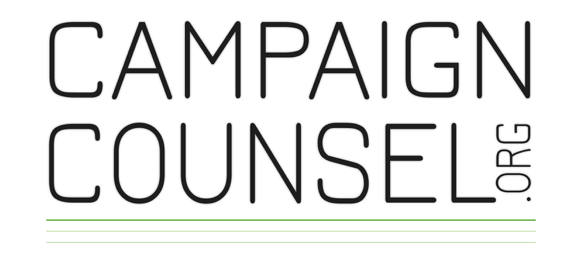The Five Stages of a Successful Capital Campaign
There are five very basic stages to plan for if you’d like your capital campaign to be successful. If you are considering the transformative decision to embark on a capital campaign, study them now.
Stage One: Pre-Campaign Planning
Before you launch a campaign is the time to give yourself a check-up. Use this time to understand the current pulse of your organization and what might need to be addressed before you embark on the capital campaign journey.
Staff and board leaders are most likely committed to the idea of a new or renovated building for the nonprofit, but they should also seriously evaluate their commitment to participating in a campaign. Start to discuss as a group the processes and the work involved in conducting a successful capital campaign. This pre-campaign planning step should include a careful internal evaluation of your organization’s needs, discussion of whether or not campaign counsel is needed, and an honest appraisal as to whether the organization is ready for such a major undertaking.
Capital campaigns require strong leadership to succeed. If your nonprofit is considering a capital campaign, think about how your board will enhance your fundraising capacity. Ask yourself these questions: Are all board members current donors? Are board members involved in the identification, cultivation and solicitation process? Can board members open doors to other donors?
A thorough discussion of issues important to nonprofits considering campaigns can be critical to ensuring that there are no early disagreements about goals, intentions, and plans. This discussion with your board and staff on a variety of issues will ensure that, in the least, the internal leaders fully understand one another’s ideas and opinions. From this open discussion, consensus about your campaign can be reached. Here is a series of questions to discuss with your board and staff leaders before you launch a campaign.
Stage Two: Campaign Planning Study
The campaign planning study, sometimes called a feasibility study, allows an organization to objectively evaluate:
its image in the community.
how its case for fundraising is viewed by leaders and donors.
whether quality leaders are available to help in the campaign.
prospective donors and potential giving levels.
whether proper resources are available to conduct a campaign.
Guided by a capital campaign consultant, a campaign planning study typically takes four to six months to complete and includes the development of a comprehensive fundraising plan. The campaign plan should include lists of prospective donors and any gift amounts they have indicated, prospective leaders for the campaign, timelines, job descriptions for leaders, commemorative opportunities, an education and public relations plan, a table of gifts and other ingredients necessary to completing a successful campaign.
A thorough case for support that incorporates the findings from the study and themes indicated as important by a majority of interviewees should also be prepared by your consultant for initial review by your board.
Stage Three: Capital Campaign Organization
Now that you’ve completed your pre-planning and your planning study, the campaign begins. At the beginning of the campaign, you and a small internal committee typically work with your consultant to create and organize the tools necessary for your campaign. These tools may include:
Campaign name
Fundraising brochure
Public relations efforts, like campaign newsletters and press releases
Detailed corporate and foundation research
Leadership recruitment plans
During this phase, you’ll need to create your fundraising materials in preparation for getting out in the community to make solicitations. Keep in mind during this step that the expanded benefits your organization can bring to your community are why you’re doing this project. Make sure that is reflected in your materials.
Stage Four: Solicitation Phases
This stage is central to the campaign process and focuses on the actual cultivation and solicitation of major gift prospects. The majority of this time is spent in quiet fundraising. All the asks are personal and face-to-face. Your committee of solicitors grows as more prospects learn about your vision and your project, offer their support, and are invited to join in the effort. Additionally, proposals to regional and national foundations and corporations are prepared and submitted. Once about 95 percent of the campaign goal is raised during the quiet phases of the campaign, a full public information and public relations plan is implemented to raise the final 5 percent and even exceed your goal. For an ebook on the entire capital campaign process, click here.
Stage Five: Post-Campaign
This stage is a “catch all” for closing and collecting on outstanding pledges. Effective follow-up and public relations efforts are critical here. All prospects who have been solicited but not returned a pledge form are encouraged to make their decision. Furthermore, the nonprofit’s pledge redemption system (e.g., mailing pledge reminders) should be functioning by this time so multiple-year pledges are actively collected. This phase will also include implementing your plans to recognize donors.
Would You Like to Learn More?
With these basic stages in mind, is your organization ready for a capital campaign? Perhaps you’d like your board to hear firsthand what a capital campaign will require of the organization and its leaders. CampaignCounsel.org offers a free capital campaign workshop for your staff and board. Let us know if you’d like to learn more.
Kevin Wallace is president and partner of CampaignCounsel.org, a capital campaign planning and management consultancy serving nonprofits across the country.







